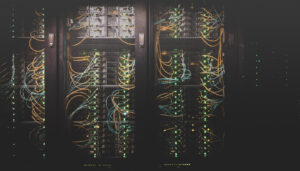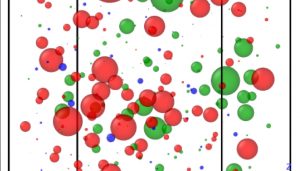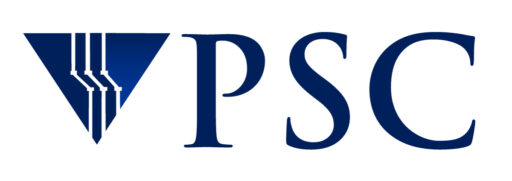Science Highlights
Research conducted and supported by PSC computational resources, educational programs, and staff expertise
FALL / WINTER 2020 ISSUE
This bi-annual issue of PSC Science Highlights features artificial intelligence-powered refinement of the colossal forces involved in the simulated collision of neutron stars; a mashup project that used PSC’s Bridges and the D.E. Shaw Research Anton 2 at PSC to understand how a naturally occurring molecule stabs microbes to death; a new type of computer modeling that tempers simulations in materials research with lab data; PSC’s responses to the COVID-19 pandemic; and two new PSC supercomputing systems that just came online. These stories and more can be found in this new issue of PSC’s electronic science magazine.
Two New Systems Begin Operations.
Bridges-2 supercomputing platform and Neocortex, a groundbreaking AI supercomputer, begin operations at PSC.


Experimental Introduction.
Introducing Experimental Data into Molecular Simulations on Bridges Improves Predictions of Metallic Glass Structure
Doubling Down.
Computation with Bridges Points to Unexpected Mechanism for DNA Duplication in Parkinson’s Disease.

Every Calculation Stabs.
Combination of Bridges and Anton 2 Allows Team to Span Time Scales in Simulating Dagger-Like Microbe-Killing Molecule


Star Crash(es).
Bridges Powers Artificial Intelligence that Can Speed Simulations of Neutron Star Mergers and Repeated Simulations that Predict Unique Signal from Unequal Mergers.
With the nation—and the world—disrupted by the COVID-19 pandemic, PSC is answering the call to action. Working with a national alliance of high performance computing resources, called the COVID-19 HPC Consortium, PSC has accelerated urgent and rapid COVID-related research



